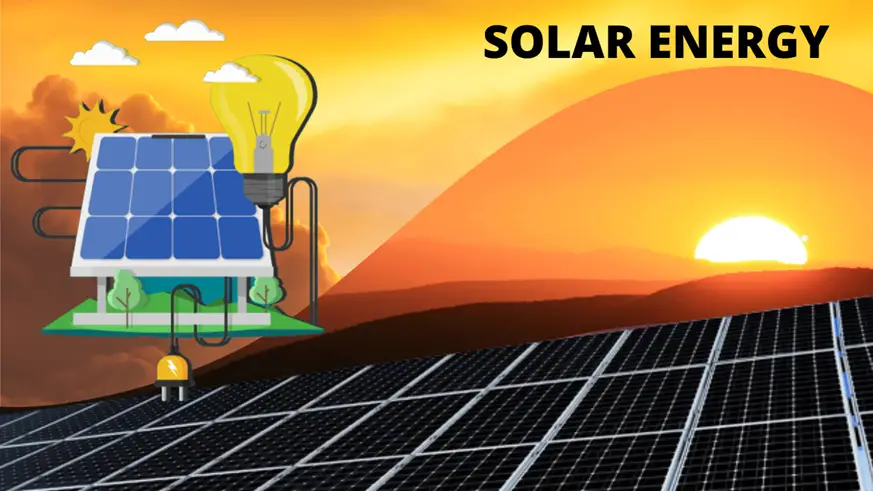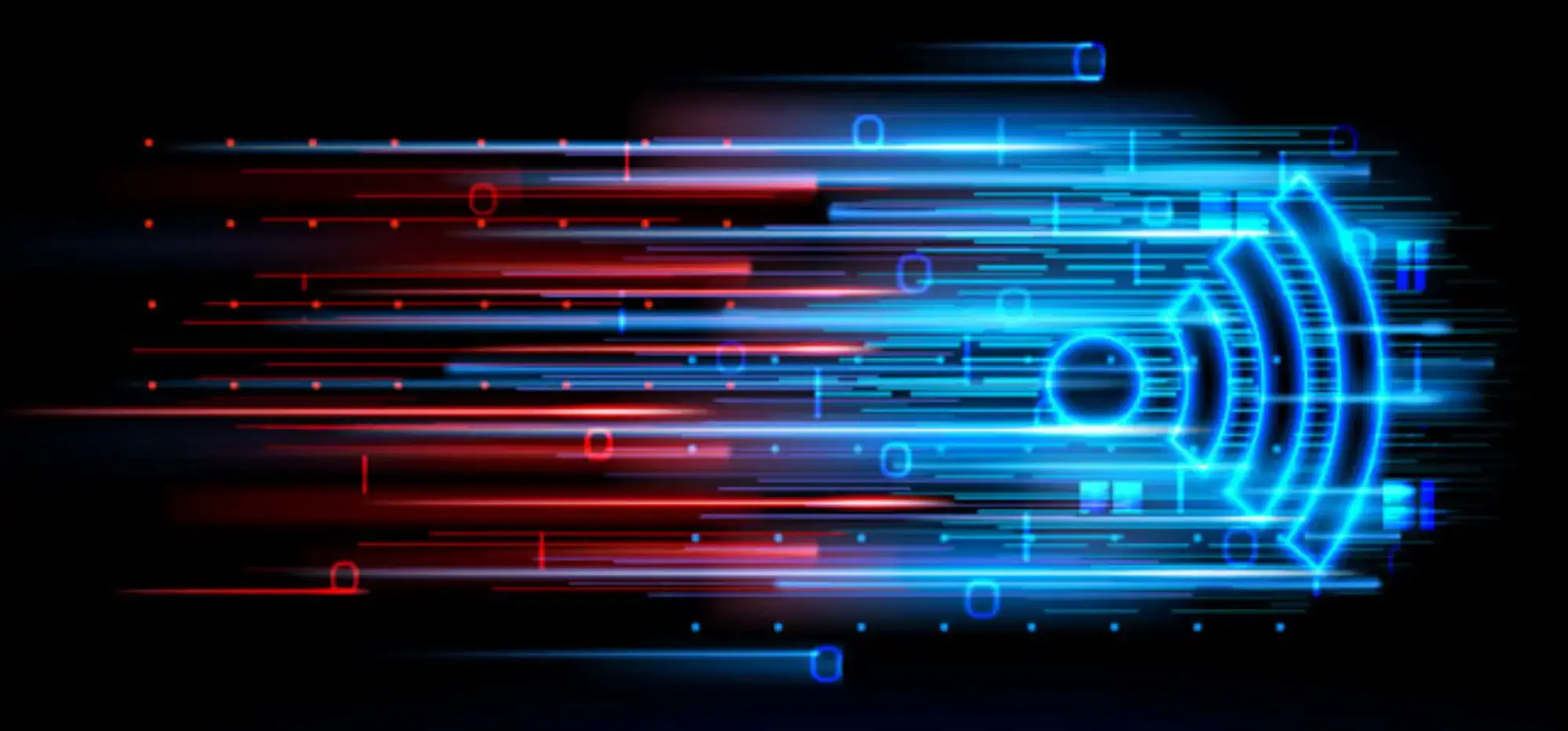The Earth encounters a large amount of solar energy, around 173 thousand terawatts of energy per hour. Solar energy is one of the most widespread renewable energy sources.
To give an idea, the amount of solar energy received by the Earth’s surface in sixty minutes is more than the total amount of energy utilized by the entire human civilization in a year. So it’s not surprising that many scientists and engineers are searching for ways to make solar energy a major part of our planet’s energy strategy in the future.
Sunlight received is converted into electrical energy using solar technologies that can be used to generate electricity or store energy in batteries for later use.
So is it possible that one day the world could be entirely dependent on solar energy??
Can we solar power everything?
To answer this question, we first need to look at how solar panels convert the sun’s energy into electricity.
What is Solar Energy?
Solar energy is the conversion of renewable energy from sunlight into electricity, either directly using photovoltaics (PV), indirectly using concentrated solar energy or a combination. Photovoltaic cells convert light into electric current using the photovoltaic effect.
How do Solar Panels work?
Solar Panels
The commonly known method of converting solar energy into electricity for practical use is through solar panels, which consist of smaller solar units called solar cells. Solar cells are made up of silicon, a semiconductor and the second most abundant element on Earth.
In a solar cell, silicon is inserted between the conductive layers in its crystalline form. The Silicon atom in the material is connected to its neighbors by four strong bonds holding the electrons in place so that no current can flow freely.

P-N Junction in solar cells
A silicon solar cell/unit usually consists of two different layers of silicon on it. N-type silicon has extra electrons in it, and p-type silicon has extra spaces for electrons, called holes. When these two types of silicon meet together, electrons can travel across the P/N junction, leaving a positive charge on one side and creating a negative charge on the other side.
For better understanding, you can think of light as a stream of tiny packets of energy called photons that emanate from the sun. When one of these photons strikes a silicon cell with enough energy, it can knock an electron out of its bond and leave a hole.
Now that a vacant hole is created, the negatively charged electron along with the location of the positively charged hole can now move freely. Since there exists an electric field at the P/N junction, their movement will be unidirectional. The electron will now be attracted to the n-side while the hole is attracted to the p-side. Now the freely moving electrons can be collected by the thin metal clamps at the top of the cell.
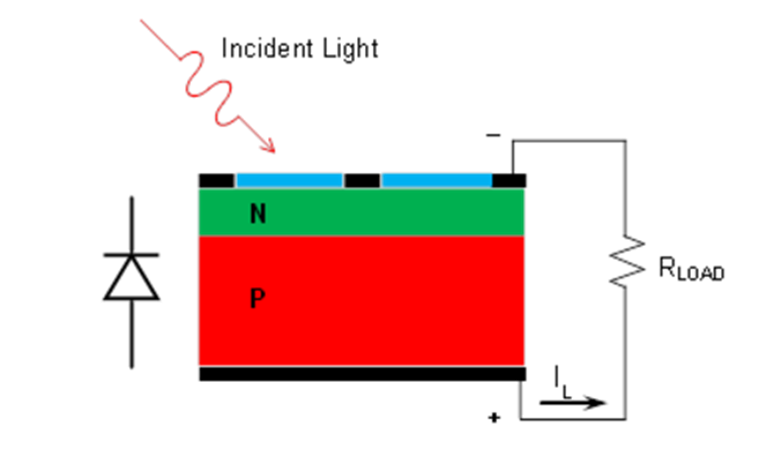
From there, it flows through the outer circuit and performs electrical work, such as powering a light bulb or a fan, before returning through the conductive aluminum sheet on the back.
Conversion of electricity from AC to DC
Now you have solar panels that effectively convert sunlight into electricity, but the electricity generated is called direct current (or direct current) electricity, which is not the type of electricity that powers most homes; it is alternating current (or alternating current). Fortunately, direct current electricity can be easily changed to alternating current electricity using an inverter. Many solar panel systems have a built-in microinverter to convert directly to alternating current.
Why are microinverters so important?
A quality microinverter is essential for converting the energy absorbed by your solar panels into safe, usable electricity. If your microinverter fails, you cannot get any power from the associated solar panel, so it is important to carefully consider which vendor can provide the best and most reliable service.

Most importantly, a good microinverter converts this energy from DC to AC as efficiently as possible, minimizing the amount of energy lost in the process and maximizing the performance of your solar power system.
So what’s stopping us from being completely dependent on solar power ??
What are the limitations of solar energy?
Well, things are not so sorted, so to speak.
There are many factors at play, but for now, let’s focus on the physical and logistical challenges, the most obvious of which is that solar energy is unevenly distributed across the planet.
Some areas are sunnier than others, sometimes, it’s cloudy or nighttime, and sometimes it ruins the work. So it’s inconsistent.
The possibility of complete trust would require efficient ways to get electricity from sunny places to cloudy places and efficient energy storage.
The effectiveness of the article itself is also a challenge. If the sunlight is reflected instead of absorbed, or if the released electrons fall back into the hole before passing through the circuit, the energy of that photon is lost.
Also, if we look at the economics of solar energy systems, the cost of acquiring and maintaining a solar system is quite high. This includes everything from paying for solar panels, batteries, inverters, and wiring to shipping and installation.
However, solar energy technology is improving and undergoing innovations, so it’s at ease to say that prices could go down shortly.
Strange Problem with Solar Panels
Using solar panels from the last 4 decades, we have observed that there has been a mysterious error that sucked the potential electric current from the photovoltaic cells.
When tested in the laboratory, the newly manufactured solar cells show an efficiency of approx. 20 percent. This means they could convert 20 percent of the energy coming from sunlight into electrical current.
However, within a few hours of operation, this efficiency would drop to 18 percent. 10 percent, a decline in total electricity production. Losing 10 percent of 630,000 megawatts of energy is not a small problem. That’s equivalent to the capacity of about 30 nuclear power plants if that solar panels could run all day, which they can’t, but you get the point. Here a lot of potential electricity is lost.
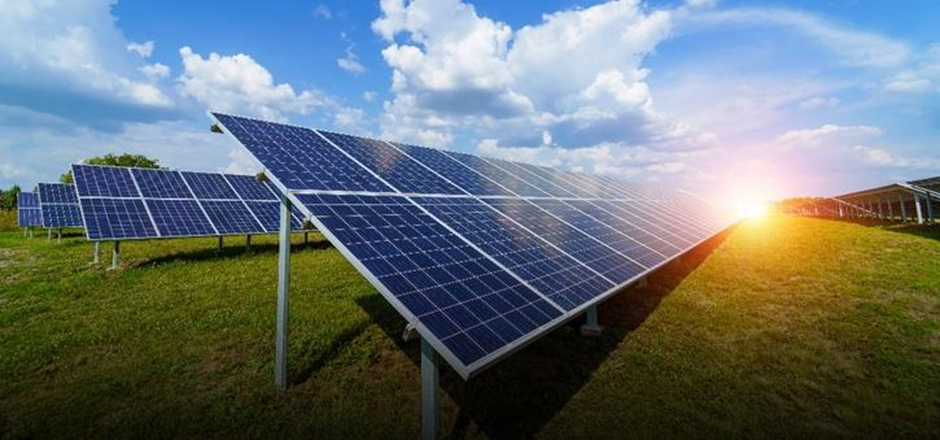
It is not astonishing that scientists and engineers have sought the cause of this problem, referred to as light-induced degradation, for over 4 decades. Although last year we may have solved the problem and found the cause of this strange loss of power.
Hence the efficiency of solar panels and the behavior of the material used to build solar panels must be optimized to solve this strange issue.
Incoming light can do one of these things. It can be reflected, absorbed, or simply pass right through the receiving material. If the light is reflected or transmitted, it won’t be able to produce photovoltaic effects.
The first step in improving the efficiency of the solar panel is to minimize the amount of light reflected from the material. The waste of energy is what affects our efficiency level. In fact, 30 percent of the light that falls on untreated silicon is reflected. So before we even start, our best efficiency drops to 70 percent.
For this reason, silicon is usually treated with a layer of silicon dioxide, which can reduce reflected light to just 10 percent, while a second layer with a secondary material, as titanium dioxide, can reduce it up to 3 percent. Also, texturing the material’s surface can further increase the likelihood of light being absorbed.
Another thing to note is that higher energy light does not release more electrons it simply produces higher energy electrons. For example, blue light has roughly twice the energy of red light, but the electrons released by blue light simply lose their extra energy in the form of heat. It does not produce any extra electricity.

This energy loss results in approx 33 percent of solar energy being lost. So these spectrum losses alone cause a 52 percent loss in efficiency. That’s a lot of energy loss, but silicon sits near the ideal threshold frequency that balances the two energy losses.
It captures plenty of lower energy wavelengths while not losing as much efficiency as the result of heating the material.
This is such a large loss of performance that active cooling takes over in some climates some of the electricity the panels generate to cool the panels leads to more electricity produced.
Innovation and upcoming projects
Despite these limitations, it would be possible to power the entire world with today’s solar technology. We would need funding to build the infrastructure and a lot of space.
The Sahara Desert
Some estimates inform us we need huge spaces from tens to hundreds of thousands of square miles, which seems like a lot, but if we look at the Sahara desert alone, it is over 3 million square miles. The world’s most inhospitable deserts could serve as the best places on Earth to harvest and utilize solar energy.
Deserts are spacious, relatively flat, and rich in silicon, making them very supportive places for solar energy farms.
Scientists think it could be possible to turn the world’s largest desert, the Sahara, into a giant solar farm that meets the world’s current energy demand four times.

Floating Solar Farms
Meanwhile, solar cells keep getting better and cheaper and compete with electricity from the grid.
Upcoming innovations like floating solar farms can completely change the scenario. Floating solar farms have come into the limelight in countries dealing with high population density and limited available land.
It has come out as an environmentally friendly way of generating electricity that involves a combination of marine technology with renewable energy technology. Electricity produced in floating farms is sent through underwater cables to a transmission tower from where it gets distributed.
Thought experiments aside, it is a fact that over a billion people do not have access to a reliable electricity grid, mainly in developing countries, many of which are sunny. So in such places, solar energy is already much cheaper and safer than available alternatives, like kerosene.

Tau Island
Another example is Tau island, an island located in the middle of the Pacific ocean and about 4000 miles away from the American west coast, having an area of less than 90 square kilometers. This island is so isolated that living here becomes a tough task by itself, till 2016 residents living here used to generate their electricity using diesel generators that operated on fossil fuels.
But with the advent of Tesla and Solar City collaboration, an experimental decision was taken to run the island on solar energy. More than 5000 solar panels were installed along with 60 Tesla power packs and huge battery storing facilities to make this island 100 percent solar powered.
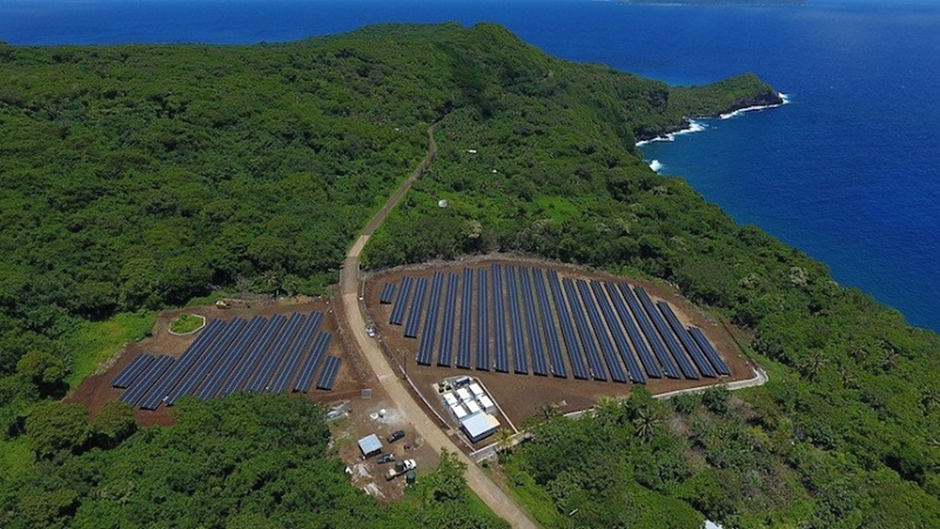
Conclusion
The workings and technology of solar energy systems are continuously evolving. New techniques for harvesting solar energy other than solar cells are being under research. Also, solar materials’ efficiency and absorption capabilities are increasing as humanity explores its renewable resources. We could hope for a renewable future, maybe having large stake solar in it, but one day clean and green energy would hold the planet together and would help humanity meet its energy needs.

